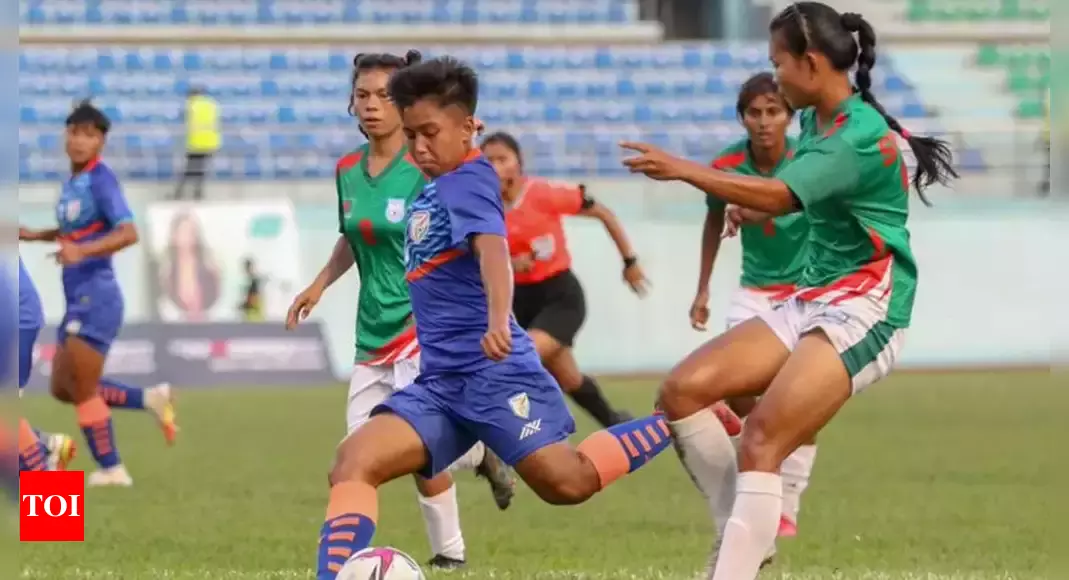The Future of Women’s Football in India and Bangladesh

The Indian and Bangladesh women’s national football teams are not participating in the 2023 FIFA Women’s World Cup. Because they did not qualify for the tournament.
To qualify for the World Cup, teams must compete in a series of regional qualifying tournaments. India and Bangladesh both competed in the 2022 AFC Women’s Asian Cup. But they both failed to advance to the knockout stage.
There are a number of reasons why India and Bangladesh have not been able to qualify for the World Cup. One reason is that they have not been able to consistently develop and support their women’s football programs. Another reason is that they have not been able to attract and retain top female talent.

There are a number of things that India and Bangladesh could do to improve their chances of qualifying for the World Cup in the future. They could invest more in their women’s football programs. They could create more opportunities for female players to develop their skills. And they could make the game more accessible to girls and women.
It is important for India and Bangladesh to continue to develop their women’s football programs. The game is growing in popularity in both countries. And there is a lot of potential for female players to succeed. If India and Bangladesh can continue to improve. They will be well-positioned to qualify for the World Cup in the future.
Here is a critical review of the reasons why India and Bangladesh are not participating in the 2023 FIFA Women’s World Cup:
- Lack of investment: Both India and Bangladesh have not invested enough in their women’s football programs. This has led to a lack of infrastructure, training facilities, and coaching expertise.
- Lack of opportunities: There are not enough opportunities for female players to develop their skills in India and Bangladesh. This is due to a number of factors, including the lack of women’s leagues. And the lack of support from schools and colleges.
- Lack of culture: Football is not as popular among girls and women in India and Bangladesh as it is in other countries. This is due to a number of factors, including cultural beliefs and the lack of role models.
Despite these challenges, there are a number of reasons to be optimistic about the future of women’s football in India and Bangladesh. The game is growing in popularity in both countries. And there is a lot of potential for female players to succeed. If India and Bangladesh can continue to improve, they will be well-positioned to qualify for the World Cup in the future.
With more support from their governments and football associations, India and Bangladesh could eventually qualify for the World Cup and compete at the highest level.


- Art
- Causes
- Best Offers
- Crafts
- Dance
- Drinks
- Film
- Fitness
- Food
- Jocuri
- Festival
- Gardening
- Health
- Home
- Literature
- Music
- Networking
- Alte
- Party
- Religion
- Shopping
- Sports
- Theater
- Wellness



